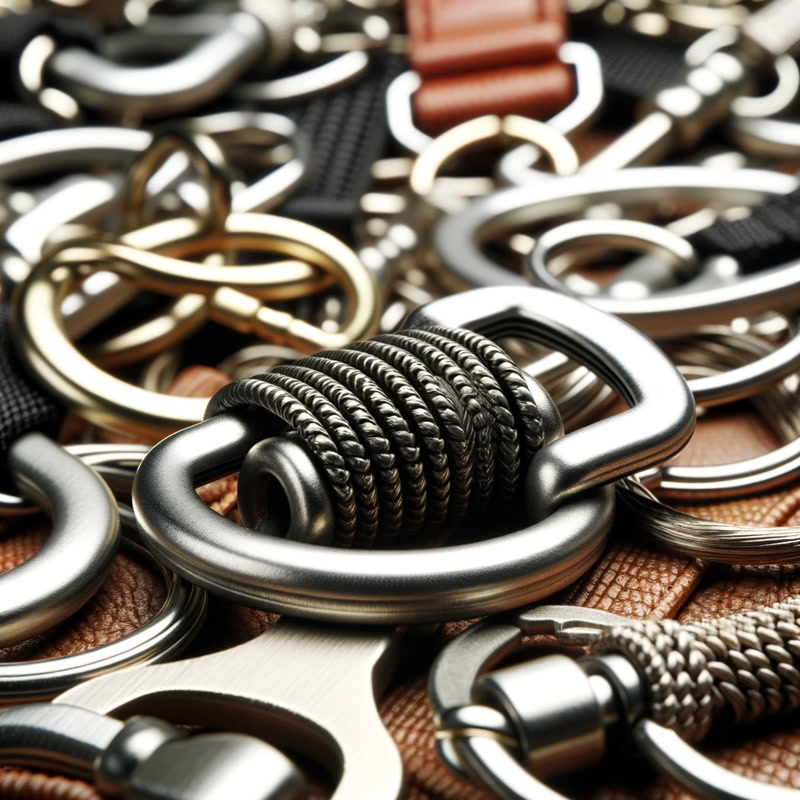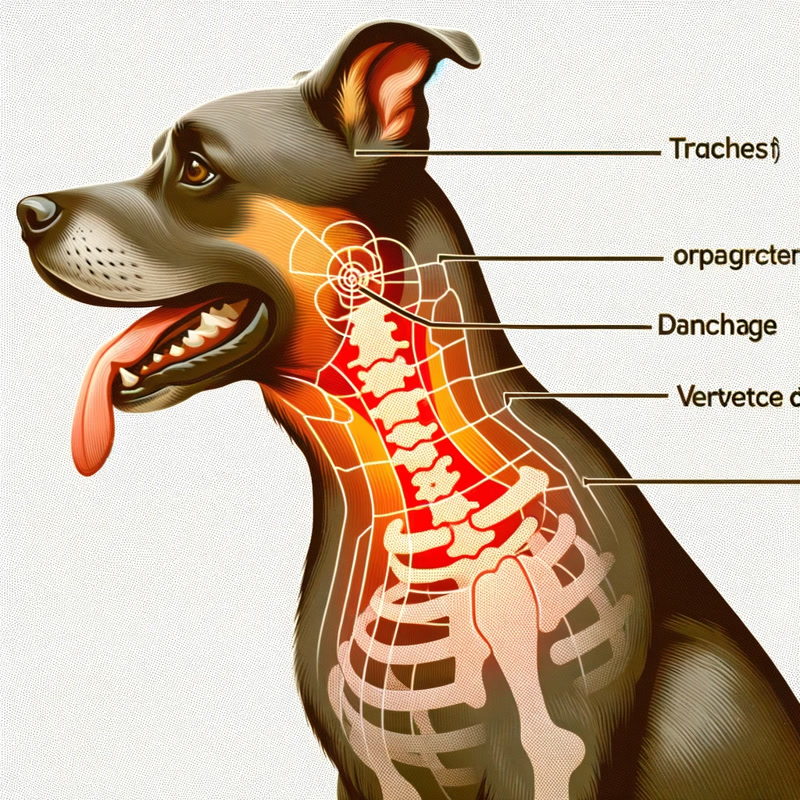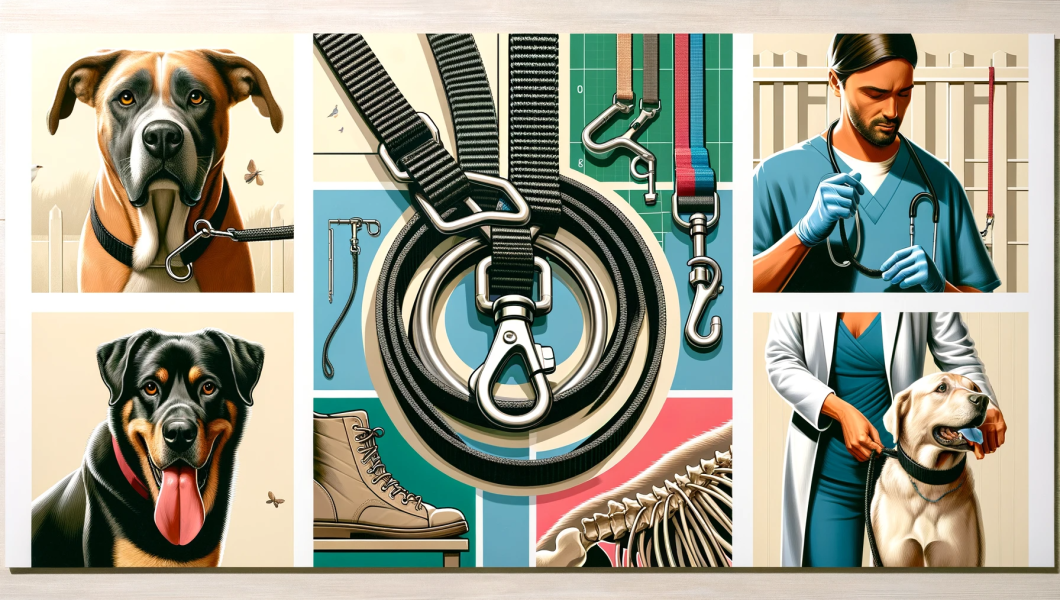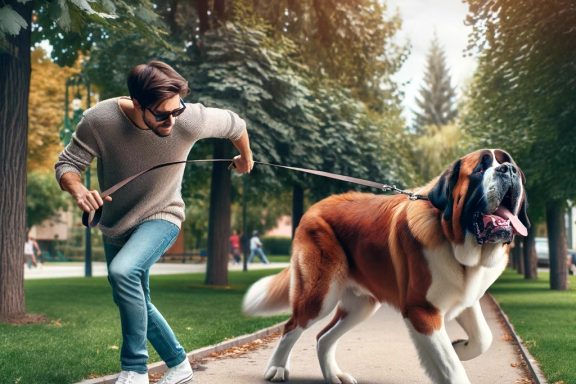Understanding Slip Leashes: A Closer Look

Slip leashes might seem like a standard dog-walking accessory at first glance.
Resembling a regular leash, they have a metal ring at one end instead of a clasp.
The leash forms a loop by passing the handle through this ring, creating a slip knot around your dog’s neck.
Despite its seemingly simple design, this type of leash raises significant concerns about its suitability and safety for dogs.
Why Slip Leashes Can Be Problematic
Slip leashes are essentially slip knots that rest around your dog’s neck. Their reliance on tension for control poses several issues:
Limited Control Over Your Dog:
These leashes require constant tension to prevent the loop from becoming too loose, which diminishes your control.
If your dog makes sudden movements, like jerking back, the risk of them escaping increases.
Discomfort for Dogs:
The tension-based mechanism often results in the leash becoming too tight, especially for dogs that walk excitedly.
This tightness can be uncomfortable and even painful for the dog’s neck.
Potential Health Risks:
The most alarming aspect of slip leashes is their potential to cause physical harm.
If your dog lunges suddenly, the leash can tighten rapidly, risking soft tissue trauma, collapsed trachea, or even damage to the neck’s vertebrae.
Risk of Escaping:

A loose slip leash increases the danger of your dog slipping out of it, which could lead to accidents, especially in traffic or unfamiliar terrains.
Real-Life Evidence: Slip Leashes Can Cause Harm

My experience working in a veterinary clinic has exposed me to the tangible dangers of slip leashes.
One case involved a three-year-old Labrador suffering from chronic neck pain, which was ultimately linked to the use of a slip leash.
The dog’s continuous pulling and lunging on the slip leash had caused significant damage to its neck vertebrae.
Alternatives to Slip Leashes: Safer Options for Your Dog

Given the risks associated with slip leashes, it’s advisable to consider safer alternatives.
Regular leashes with clasps, harnesses, and leashes designed for training purposes offer better control and safety.
They distribute tension more evenly, reducing the risk of injury and increasing comfort for your dog.
Final Thoughts: Slip Leashes Are Not Recommended
While slip leashes might be used by professionals in veterinary clinics for brief walks, they are not suitable for everyday use.
The potential risks far outweigh any perceived convenience, making them a poor choice for responsible dog owners.
In summary, while slip leashes might appear handy, their design and functionality pose significant risks to your dog’s comfort and health.
It’s crucial to explore safer alternatives that ensure both control and safety for your beloved pet.







No Comments